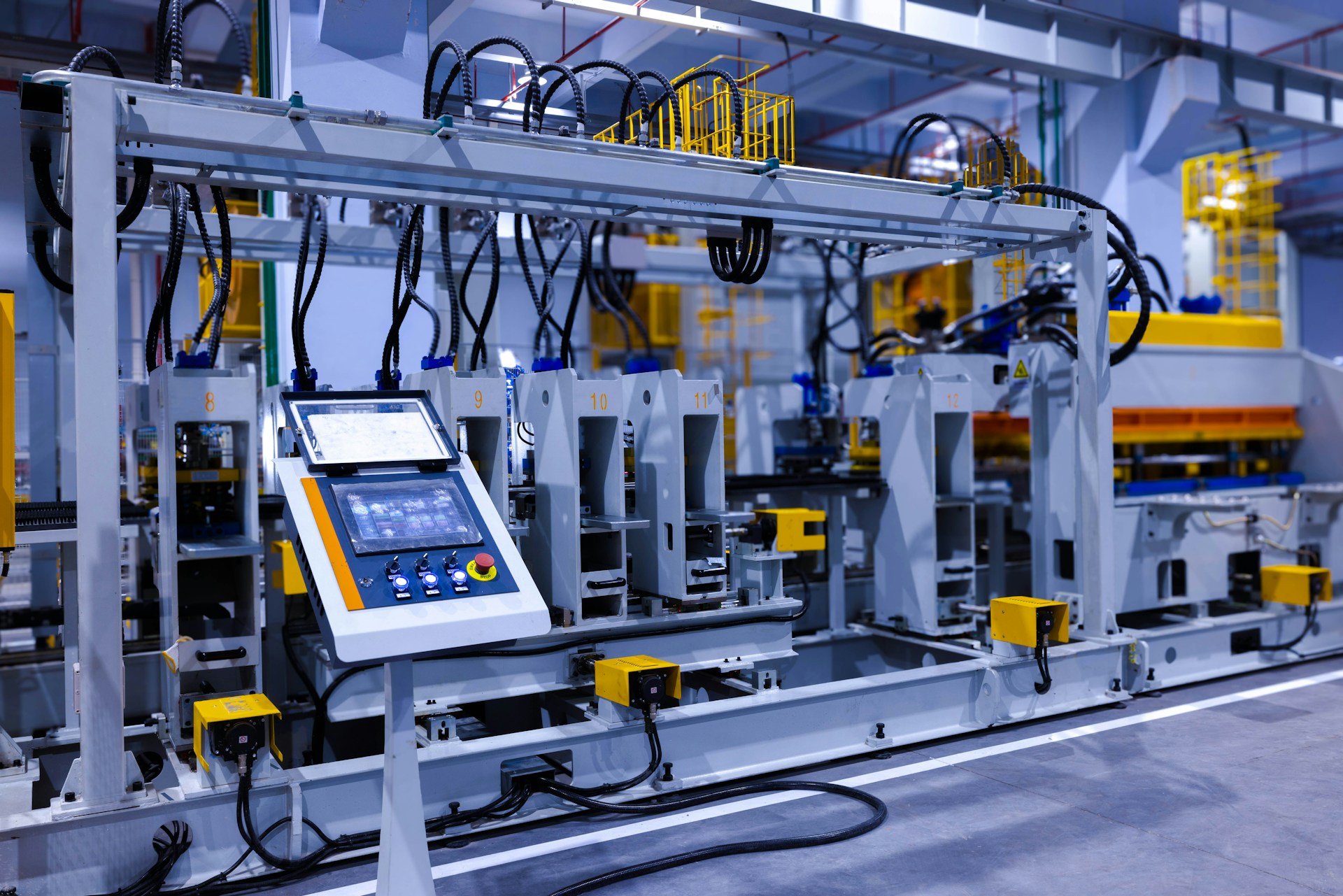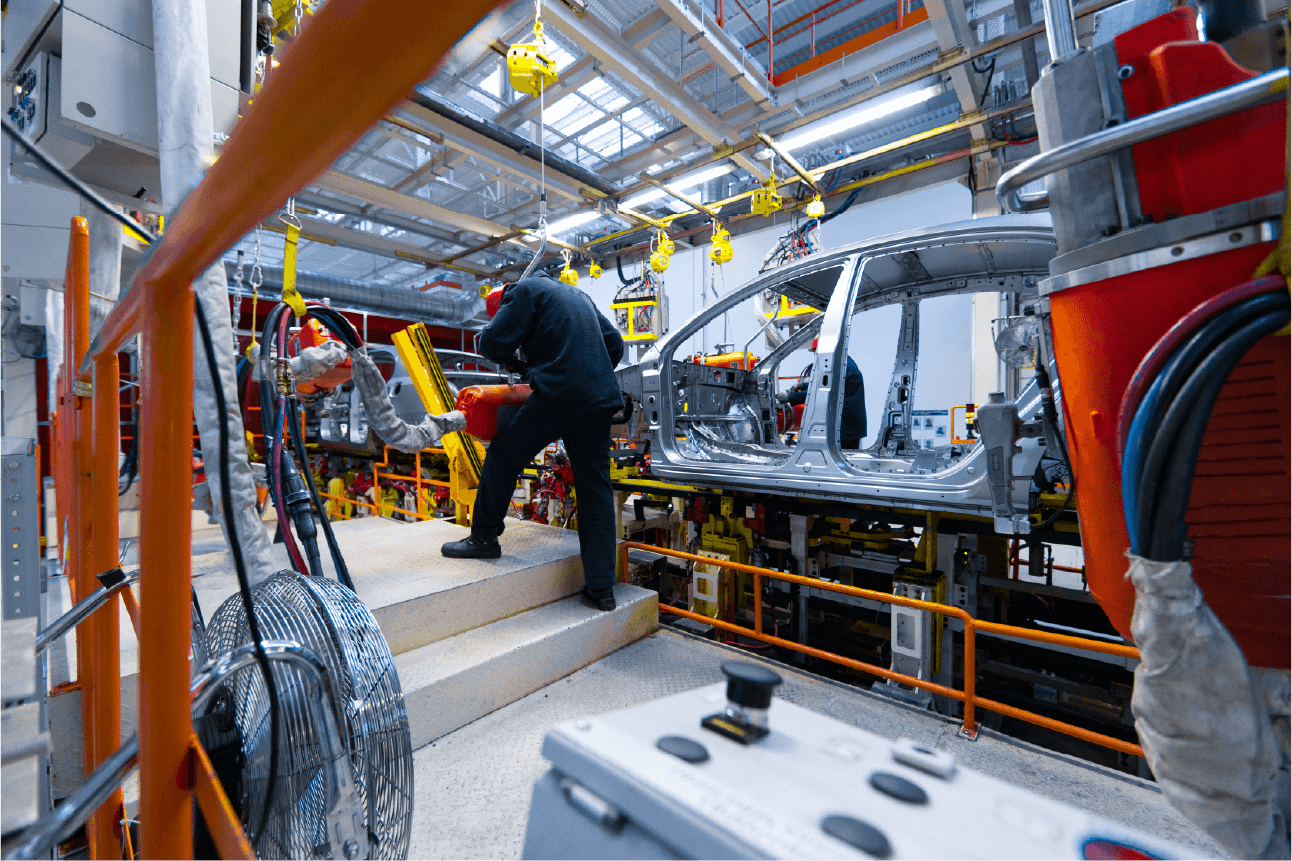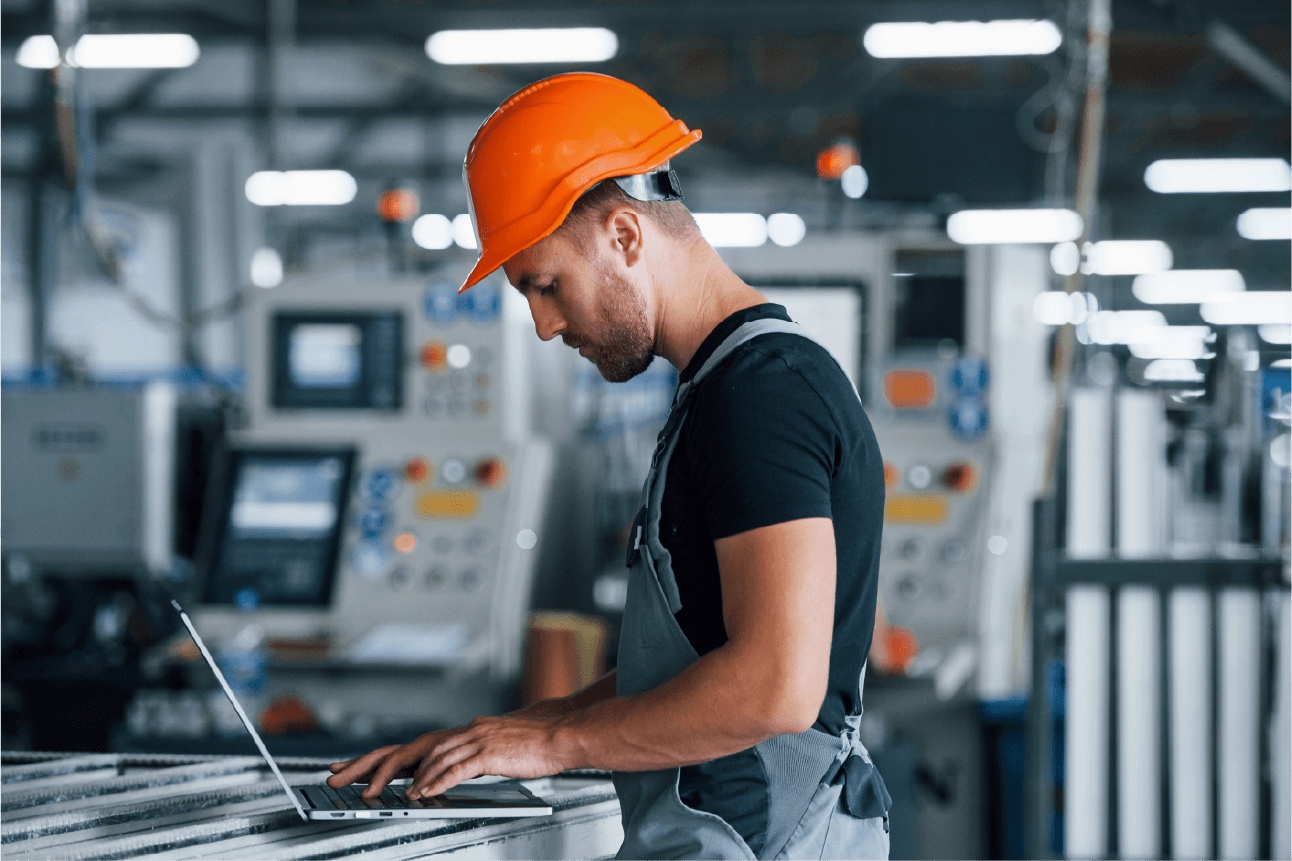Machine vision AI systems have transformed industries by offering solutions that enhance automation and quality control. These systems use a combination of advanced technologies to analyze visual data and make decisions or provide feedback on specific applications such as defect detection, & inspection, object recognition & classification, quality assurance and process monitoring & control.
The key to their effectiveness lies in their components, each playing a crucial role in the system’s performance. From capturing images to processing data, every component must work seamlessly to deliver accurate results.
Understanding the components of machine vision system is essential for designing, integrating, and optimizing these systems for various applications. This blog will explore the fundamental elements that make up a machine vision system and how they contribute to its overall functionality. Whether you’re new to the field or looking to refine your knowledge, this guide will provide a detailed look at the essential components and their roles in machine vision solutions.
What is a Machine Vision System?
A machine vision system is a technology that uses cameras, lighting, and software to interpret visual information and automate tasks that traditionally require human eyesight. It consists of a series of components that work together to capture images, process them, and make decisions based on the visual data. These systems are employed in various industries for tasks such as quality inspection, robotic guidance, and process monitoring.
Machine vision systems are designed to replace manual inspections with automated solutions that offer higher accuracy, consistency, and speed. They are particularly useful in manufacturing, automotive, aerospace and electronics industries, where precision and efficiency are paramount.
To gain a deeper understanding of the fundamental concepts of machine vision AI, check out our comprehensive guide on Introduction to Machine Vision.
Key Components of Machine Vision Systems
A well-functioning machine vision system relies on several critical components. Each part has a specific role that contributes to the system’s overall effectiveness. Here’s a detailed look at the key components of machine vision systems:
Lighting
Proper lighting is crucial for machine vision systems to function effectively. It illuminates the object being inspected and ensures that the camera captures clear images. Different lighting techniques, such as diffuse, direct, or backlighting, are used depending on the surface and material of the object. Good lighting reduces shadows and highlights, making it easier to analyze the image.
Image Processing Software
Once an image is captured, image processing software analyzes it to extract useful information. This software performs tasks such as pattern recognition, measurement, and defect detection. It uses algorithms to interpret visual data and provide results that guide decisions or actions.
Hardware Interfaces
Hardware interfaces connect the various components of a machine vision system, allowing them to communicate and work together. These interfaces include connections between cameras, computers, and other devices. Ensuring compatibility and proper integration of hardware interfaces is essential for the smooth operation of the system.
Processing Units
Processing units, such as CPUs and GPUs, handle the computational tasks required for image processing. They execute the algorithms and manage data from the cameras and sensors. High-performance processing units are needed for systems that require real-time analysis and rapid decision-making.
Calibration Tools
Calibration tools are used to align and adjust the components of a machine vision system to ensure accurate measurements and images. Proper calibration is essential for maintaining the system’s performance and reliability. These tools help in setting up the system correctly and correcting any discrepancies in the image capture process.
Integration and System Design
Integrating the components of a machine vision system requires careful planning and design. Each component must be chosen based on the specific requirements of the application, and they must work harmoniously to achieve the desired outcomes. System design involves selecting the right components, configuring them, and ensuring that they function together seamlessly. Effective integration is key to optimizing the performance of machine vision solutions.
Application Examples
Machine vision systems are used across various industries to automate and enhance processes. In manufacturing, they inspect products for defects and ensure quality control. In the automotive industry, they guide robots in assembly lines and monitor vehicle parts.
In electronics, machine vision systems check circuit boards for defects and ensure precise component placement. These systems provide valuable solutions that improve efficiency and accuracy in diverse applications.
In the aerospace sector, machine vision is crucial for inspecting aircraft components, from detecting microscopic cracks in turbine blades to ensuring the precise alignment of critical parts. These systems provide invaluable solutions, enhancing safety, reliability, and quality across diverse applications.
Common Challenges in Machine Vision Systems
Despite their advantages, machine vision systems face several challenges. Common issues include poor image quality due to inadequate lighting, difficulty in handling complex or variable parts, and the need for frequent calibration. These challenges can affect the system’s performance and accuracy.
Solution for these Challenges
To address these challenges, several solutions can be implemented. Improving lighting conditions can enhance image quality and reduce errors. Using advanced algorithms and machine learning can help in handling complex parts and adapting to variations. Regular maintenance and calibration ensure that the system remains accurate and reliable over time.
Conclusion
Understanding the key components of machine vision systems is crucial for designing, integrating, and optimizing these solutions. Each component, from cameras to processing units, plays a vital role in ensuring the system functions effectively. By addressing common challenges and leveraging the right machine vision solutions, businesses can achieve higher efficiency, accuracy, and quality in their operations.
FAQ
1. What are the main functions of a machine vision system?
Machine vision systems primarily inspect and analyze visual data to make decisions or guide actions. They help in quality control and sorting by capturing images and processing them to identify defects, count items, or ensure proper alignment.
2. What are the different types of machine vision systems?
Types include 2D vision systems, 3D vision systems, and thermal vision systems, each suited for different applications and requirements.
3. What are the applications of machine vision?
Machine vision applications include quality inspection, robotic guidance, process control, and measurement in various industries like manufacturing, aerospace, automotive and electronics.
4. What types of machine vision software are commonly used?
Common types of machine vision software include image processing software, which analyzes and interprets visual data, and machine learning software, which uses AI to improve detection and classification over time. Both types help in enhancing the accuracy and efficiency of vision systems.
5. How can I choose the right machine vision components for my needs?
Choosing the right components involves considering factors like the type of inspection required, the environment, and the level of detail needed. Match the camera resolution, lighting conditions, and processing power to your specific application to ensure optimal performance.


%201.svg)

.svg)




.png)

